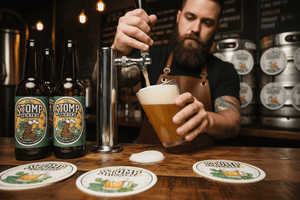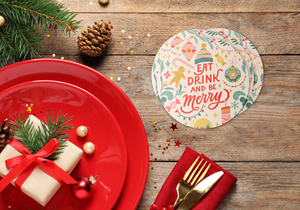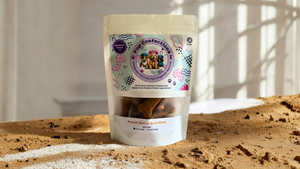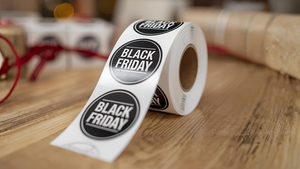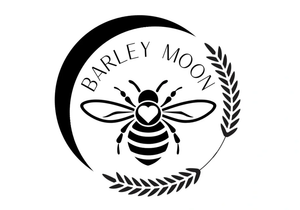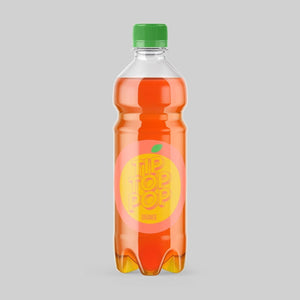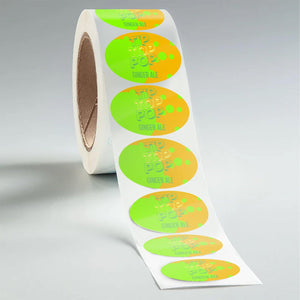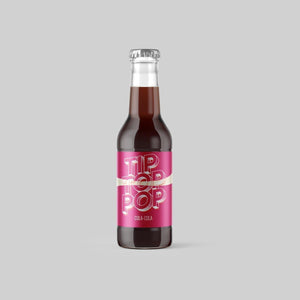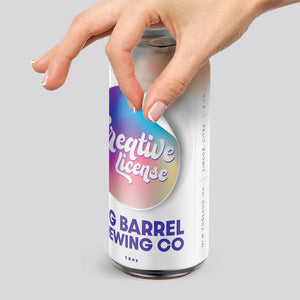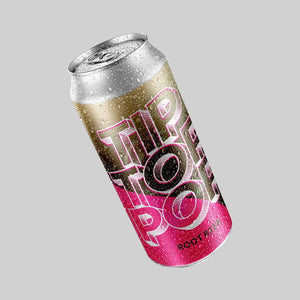What's In a Label: Your Guide to Craft Soda Labeling Requirements

TL;DR What Every Craft Soda Label Needs
If you’re just here for the quick hits, here’s what every craft soda label should include to stay FDA-compliant:
- Name & address of manufacturer, packer, or distributor
- Net quantity (example: 12 fl oz, 355 mL)
- Ingredients listed in descending order (water is usually first)
- Nutrition Facts panel with all required nutrients
- Any preservatives clearly labeled with their purpose (like “to preserve freshness”)
- Flavorings, colorings, and additives that meet FDA approval
- Packaging materials (like bottles and cans) that meet FDA safety standards
For everyone else who loves the details (and a few puns), let’s break it down step by step.
Craft soda has had something of a renaissance in the past few years. The bubbling (sorry) trend can be attributed to a number of factors, but it all comes down to a common feeling. Flavor is the name of the game in the modern market and people are looking for tasty alternatives to Coke and Pepsi products. Not to mention that craft sodas tend to use more favorable ingredients than the big corporations, often opting for real sugar over artificial sweeteners.
Don’t get us wrong — we’re not trying to hate on the cute polar bears drinking their colas at the North Pole. But the fact is that the general public’s taste has evolved and people are looking for something more holistic and natural than what mass market products can offer.
In many ways, the trend mirrors other consumer habits in the small business craft market. Just like the boom in small breweries and the rise of kombucha, today’s shoppers (especially Gen Z) are looking for beverages that feel authentic, healthier, and a little adventurous. Functional sodas like Olipop and Poppi are blowing up on TikTok, proving that people crave drinks with both flavor and a story.
That means there’s a craft soda market to be tapped (sorry again). But to do so, craft soda brewers must follow FDA regulations for bottled products. To help you cut through the legal jargon, we’ve put together a quick guide to help you understand everything that needs to go on your custom soda labels.
Craft Soda Label Regulations
When it comes to soda labels, you don’t want to cut corners. It might seem like something that should hardly take any effort. And yet, if these details are ignored they could get your company in big trouble with the government — a.k.a. the worst kind of trouble.
Seriously. When it comes to label requirements, even an honest mistake might get you fined or, even worse, shut down.
But fear not! Craft soda labeling has specific requirements and regulations. Let’s break down what craft soda brewers and beverage makers need to know about soda labels.

Do All Beverages Need to be Inspected by the FDA?
The short answer is both yes and no.
What we mean is that not all beverages need to be directly inspected by the FDA, but all beverages must follow specific FDA guidelines. That means that even if you sell a DIY drink at a local farmer’s market to people for cash only, you need to follow government rules and regulations; otherwise, you risk fines or other consequences.
Think of FDA requirements like taxes. Uncle Sam will find a way to make sure they’re enforced, so it’s in your best interest to get familiar with guidelines and requirements -- especially since those requirements will only become more complex as your business grows.
It’s also worth remembering that shoppers want the best labels possible — customers must be provided everything they need to know about a product they’re going to consume, both for health and safety purposes and being an ethical business.
But don’t worry. Here’s everything craft soda brewers and beverage makers need to know about soda labels and craft soda labeling.
FDA Labeling Requirements
It’s the FDA’s job to ensure all soft drinks — whether they’re craft sodas made by small independent companies or megacorporations like Coca-Cola — are “safe, sanitary, and honestly labeled.”
To make it easy for beverage makers, the FDA created something called Current Good Manufacturing Practices (CGMPs), which provide a guiding light for manufacturers and distributors.
Truthfully, some of these label requirements will seem like common sense, but it’s wise for beverage makers to review them nonetheless. Better safe than sorry, as they say.
Additives and Contact Substances
The FDA is very clear on what can or cannot be added to carbonated soft drinks, and beverage makers are required by law to follow these guidelines. For example, any food and color additives (such as citric acid as a flavoring or caramel coloring to change the look of a liquid) must be determined safe by the FDA.
Moreover, when it comes to contact substances — which is defined as any material the beverage “comes in contact with” — they too need to be approved by the FDA and regulated for safety. This includes bottles or cans in which the beverage is sold. For example, only certain kinds of plastic are safe for acidic products, like soda.
Be sure to follow these guidelines. Not only is it essential to do so in the eyes of the law, but it keeps your customers safe and you safe from liability.

Nutrition Labeling
The Nutrition Facts Label for craft soda follows the standardized nutrition labeling requirements, which include serving size and the nutrients provided in a serving: calories, total fat, sodium, total carbohydrates, sugars (if present), and protein. Often, getting the exact specifications for these nutrition facts requires submitting your product to a lab test.
That’s not all, though. Let’s say you make an absolutely delicious orange soda low in sodium. If your drink label makes a claim such as “Very Low Sodium,” you’re also required to add a statement like: “Not a significant source of ________,” filling the blank with nutrients present at low levels.
It’s a little tricky and picky, and we know these label requirements might seem all over the place, so our recommendation is to not mess around and make sure you include any and all facts about what’s in the product.
A good rule of thumb is that if you have to ask if it needs to go on the label, it probably does. When it comes to natural and artificial flavors, it’s often best to contact a government agency or attorney to ensure you’re following the less obvious regulations.
Additional Label Information
In addition to nutrition and safety labeling, there are general requirements that need to go on beverage labels. You’ll find these on the FDA website, but we’re listing them below for ease, as well.
- Name and address of manufacturer, packer, or distributor
- The “net quantity,” quite literally meaning the amount of craft soda in the can, bottle, or other container (typically fluid ounces)
- All the ingredients must be listed in order of highest to lowest. In most cases, the first ingredient listed will be “water.”
- Chemical preservatives and an explanation of what they’re doing in the drink, such as “preservative” or “to preserve freshness” or something else.

Making Your Soda Labels Pop with Stomp
At Stomp, we know a craft soda label has to do more than check boxes for compliance — it has to catch eyes, tell your brand’s story, and look just as refreshing as what’s inside the can. That’s why we offer instant online proofs, free shipping, and fast turnaround to keep your soda flowing onto shelves without delay. You bring the bubbles, we’ll bring the labels. Together, we’ll make your craft soda the one customers reach for first. And if you need a little creative spark, check out these 12 craft soda labels that really pop (sorry, for the third time) and start designing your label today.
Last updated on August 25, 2025.
- Tags: Labels
- Nashira Edmiston

